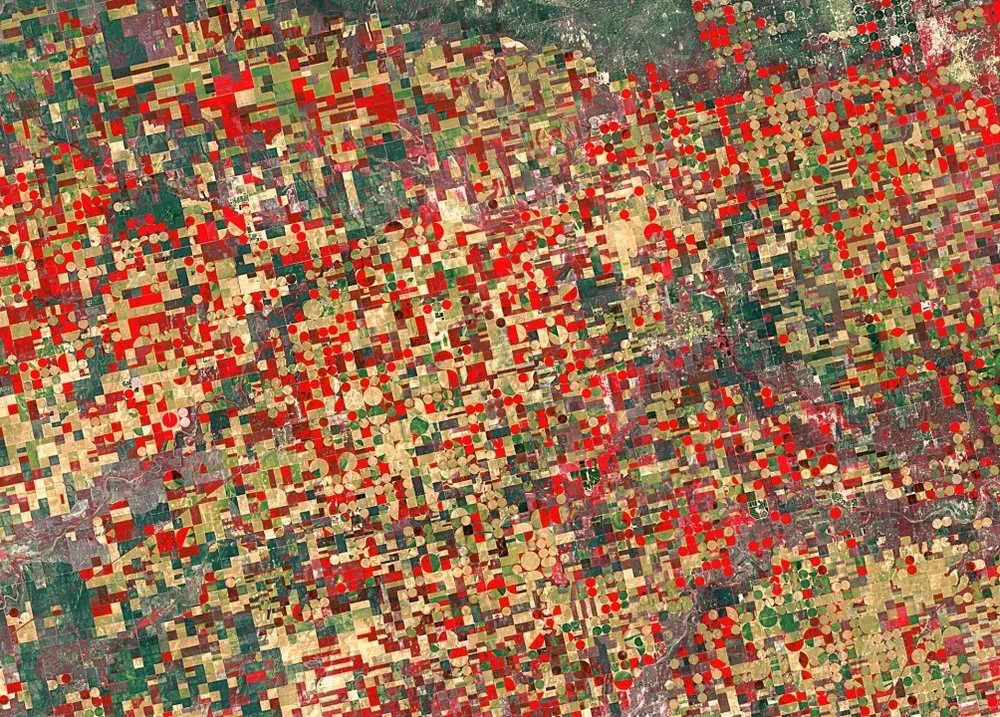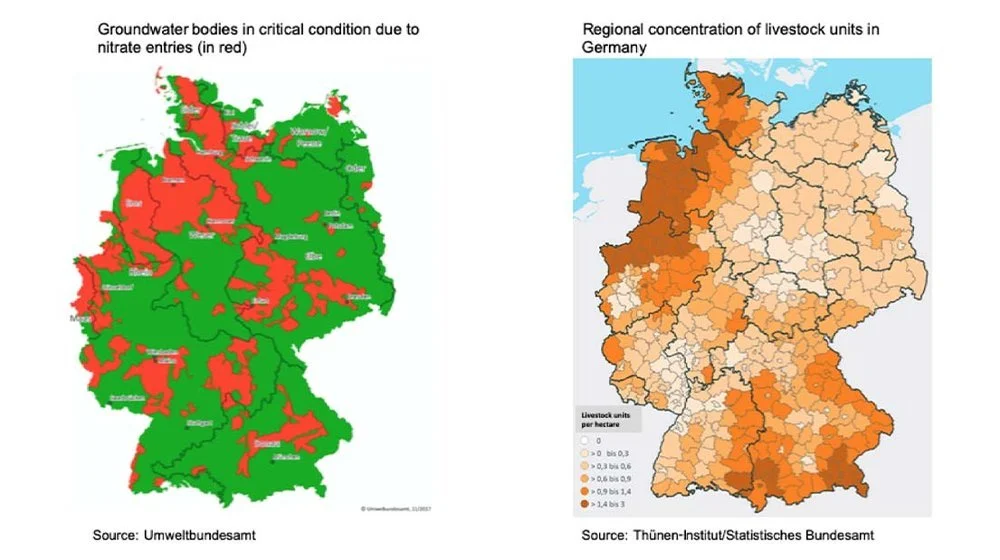Measuring agricultural sustainability using satellite imagery
Agriculture is essential for securing a better future for everyone. We must transition to sustainable agriculture systems and feed a population of roughly 10 billion people by 2050. As the world's population grows, we may be compelled to utilize unsustainable farming practices such as over-fertilization, making sustainability monitoring even more important than before. According to the FAO, Sustainable Agriculture is about improved resource management and conservation, producing more food with less input while minimizing environmental damage, and ultimately keeping agricultural land healthy for future generations.
Agricultural Sustainability monitoring is crucial since it allows us to measure our progress toward a more sustainable future. But is it possible to measure agricultural sustainability? According to some academics, measuring sustainability is impossible since it is a dynamic concept and site-specific. There are three sustainability dimensions: economic (e.g., farm output value per hectare), environmental (e.g., fertilizer management), and social (e.g., agricultural wage rate). You may imagine how difficult it is to cost-effectively assess all of these aspects and represent them in a comparable and understandable Metric or KPI.
We don't yet have a perfect method for measuring sustainability and waiting for one might make it too late to meet climate and sustainable development targets. What are our alternatives right now? We have come up with an idea as well as a practical solution for evaluating at least two of the sustainability dimensions – economic and environmental.
Our main assumption is that "Sustainable agriculture/farms leverage technology to make data-driven nitrogen fertilization decisions, minimizing sustainability concerns such as over-or under-fertilization" We may presume that a farm that fertilizes appropriately is more cost-effective (fertilizer accounts for one-third of the cost of farming inputs) and environmentally friendly (lower nitrate leaching and GHG/N2O emissions) than one that does not. In addition, farms that use data to make fertilizing decisions are more likely to implement other sustainable practices such as precision farming. Furthermore, legislation now governs some sustainable activities, such as "required ecological emphasis zones" on farms, which is a good thing (read more about EU CAP). As a result, just monitoring nitrogen over-or under-fertilization can assist us in determining whether or not a farm is sustainable.
Why are we focusing just on nitrogen instead of tracking all agricultural chemicals that are unnecessary or overused in order to calculate the sustainability metric/KPI? The answer is that we can detect nitrogen usage reliability just by using satellite imagery, which is highly scalable and globally available. Detecting additional chemical usage in agriculture, such as pesticides, is difficult or unreliable when relying solely on satellite imagery. Furthermore, monitoring only one parameter simplifies the measurement process; however, other satellite-based monitoring parameters (e.g., cover cropping is a sustainable agricultural practice) may be added. Remember, we wanted the matrices to be simple, straightforward, and cost-effective to monitor.
Now, how can we tell if a field is over-fertilized or not on a wide scale and at a reasonable price? We compute crop-specific total dry matter (t/ha) using satellite data, which helps us determine the nitrogen demand (kg/ha) for optimal growth. On the other hand, using satellite imagery, we also calculate the actual nitrogen uptake (kg/ha) reliably. The nitrogen shortage may be calculated by subtracting the actual uptake from the nitrogen demand. We can use the crop-specific, percentage of average shortage for all fields in a given region at a certain plant growth stage as a reference. We may say that a field is optimally fertilized based on this metric if the shortage is more than the reference. on the other hand, If the shortage is lower than the reference, we may assume that there is too much nitrogen in the soil, allowing plants to obtain nitrogen relatively easier, which could occur if the field is over-fertilized. However, while weather and soil type can have a role in nitrogen uptake, the influence of weather can be ignored when we operate using a regional reference, and hence our metric may be regarded as plausible. Although there is no silver bullet, this is one of the most effective ways to assess agricultural sustainability.
In the example above, we show the optimally fertilized and over-fertilized (the orange and red areas) postcodes in Germany. To generate this map, we computed the percentage of nitrogen shortage for each winter wheat field and aggregated it into a postcode value. Here, we can see that most winter wheat fields are over-fertilized, and there is a significant opportunity to reduce nitrogen fertilizer inputs. According to yield gap analysis in Germany, the winter wheat yield gap is between 10% and 20%, implying that wheat yields cannot be further increased, and this argument once again supports fertilizer reduction rather than over-fertilizing the fields in the pursuit of higher yields. Such maps can help determine agricultural sustainability at the postcode level in Germany. A similar map can be also made at the field or farm level.
The above map (left) shows the groundwater nitrate pollution in Germany (so called red zones). As you may notice that there is no perfect correlation between fertilizer overuse and groundwater nitrate pollution, so using the red zone map as a basis for fertilizer rate control does not make much sense. There is already some agreement that the primary cause of groundwater nitrate pollution is a higher density of domestic animals per unit of land (map on the right), with fertilizer overuse coming in second. As a result, the over-fertilized field/post-code detection map must regulate fertilizer use rather than red zones. While speaking with German farmers, we discovered that they are unhappy with the current method of fertilization rate regulation, and we believe that by using an over fertilization map rather than a blanket regulation, we will be able to address their dissatisfaction to some extent.
Furthermore, the proposed solution could be a useful tool for making data-driven business decisions. For example, banks and other financial institutions can use this indicator to learn about farm sustainability before making investment decisions, or government agencies can figure out where to focus more on fertilizer input regulation, or input providers can tailor their region-specific marketing, sales, and customer service emphasis. We can think of several other applications. Please contact us if you have one in mind.



